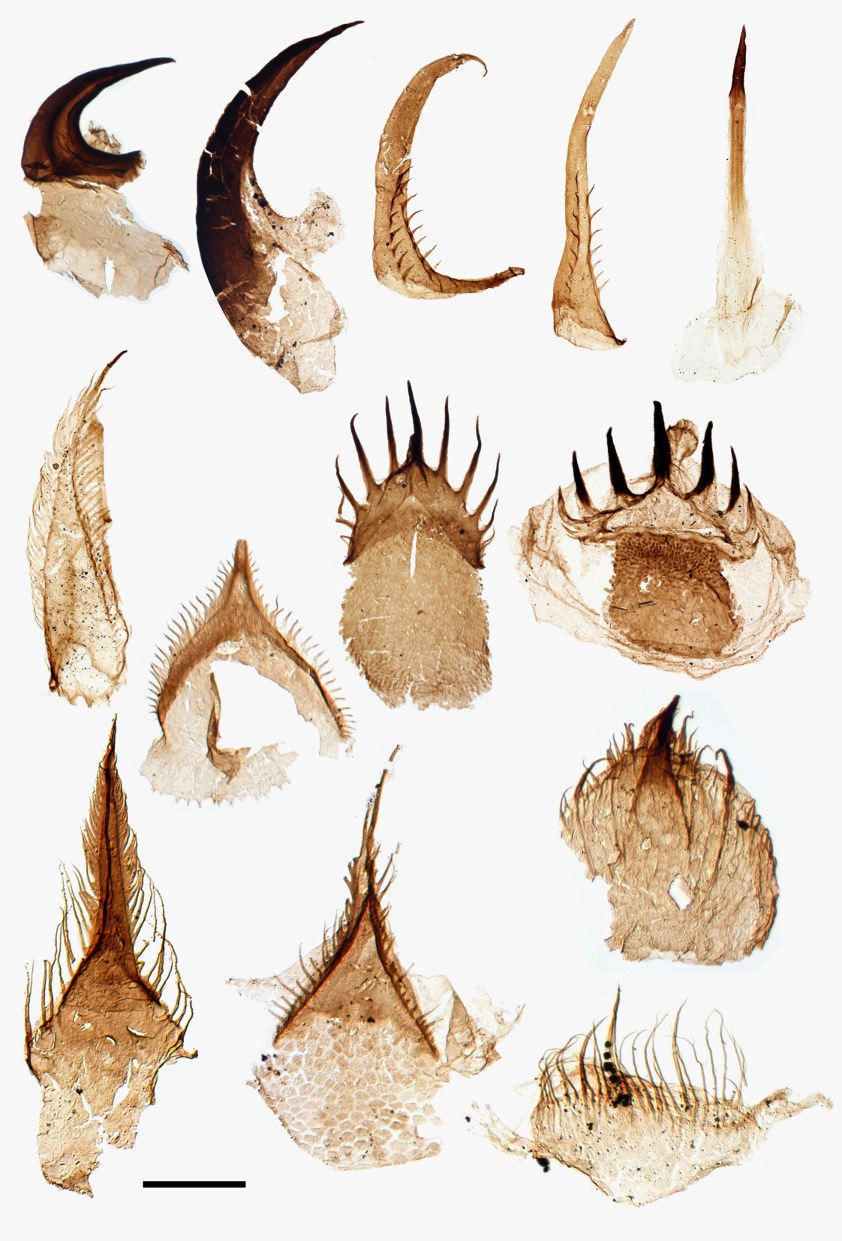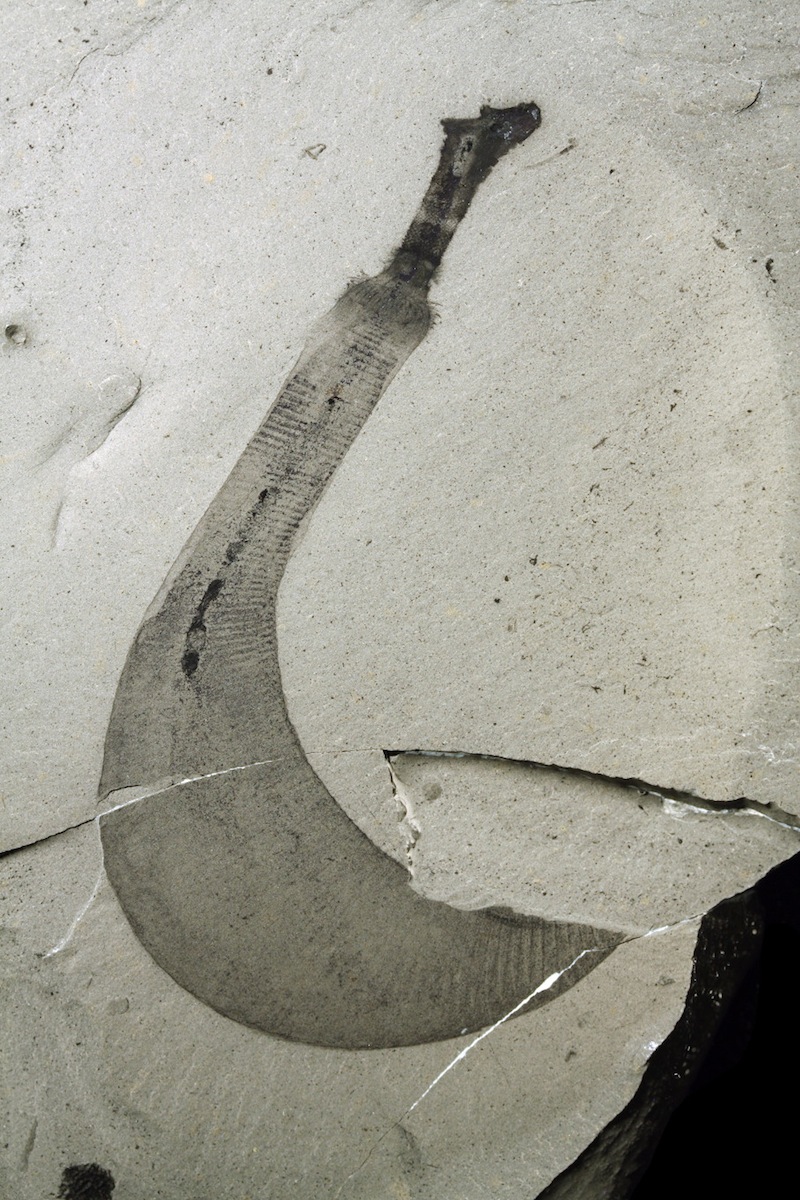Toothy 'Penis Worm' from Cambrian Period Discovered

You might have heard of vagina dentata — the mythical "toothed vagina" born of male paranoia. But have you heard of the carnivorous penis-shaped worm known as Ottoia prolifica? This 505-million-year-old phallus-like creature actually had a throat full of teeth.
Now, scientists who took a close look at the teeth of fossilized penis worms (or priapulids) have discovered a new species.
Paleontologist Charles Walcott first discovered O. prolifica in 1911 in the Burgess Shale, a geologic formation in the Canadian Rockies that contains fossils of bizarre critters, such as trilobites and velvet worms, from the middle Cambrian period.

At just a few inches long, O. prolifica lived inside burrows and had a proboscis that was lined with rows of little hooks, teeth and spines. This mouthpart could be inverted into the creature's trunk (as this animation from the Royal Ontario Museum shows), and it allowed O. prolifica to feast on shelled creatures known as hyolithids (although O. prolifica may also have occasionally cannibalized other penis worms), according to the Smithsonian National Museum of Natural History.
In a new report, researchers led by Martin Smith of the University of Cambridge in England created a "dentist's handbook" of O. prolifica teeth. Under a microscope, they looked at 40 O. prolifica fossils from a location called the Upper Walcott Quarry that are now in a collection at the Smithsonian Institution, and 70 other specimens from the Lower Walcott Quarry that are housed in the Royal Ontario Museum.
The researchers found some unexpected differences between the teeth in the two groups of fossils. For example, the specimens from the Lower Walcott Quarry had some teeth with a central prong that was flanked by just two skinny, hollow "denticles," whereas up to eight denticles were common in the corresponding teeth of the Upper Walcott Quarry specimens.
Those slight differences would be enough for scientists to declare a new species among modern priapulids, so Smith and his colleagues said the fossils from the Lower Walcott Quarry represent a distinct species, which they named O. tricuspida.
Sign up for the Live Science daily newsletter now
Get the world’s most fascinating discoveries delivered straight to your inbox.
The findings were published in the journal Palaeontology today (May 6).
Follow Megan Gannon on Twitter. Follow us @livescience, Facebook & Google+. Original article on Live Science.










